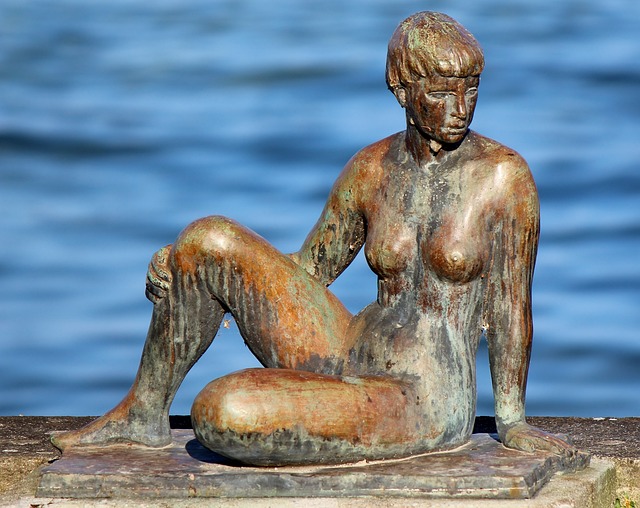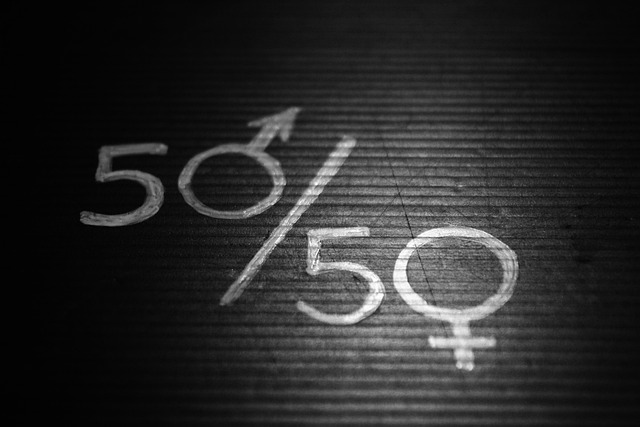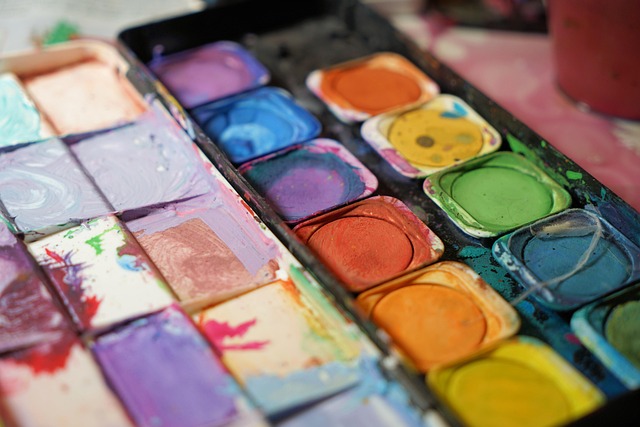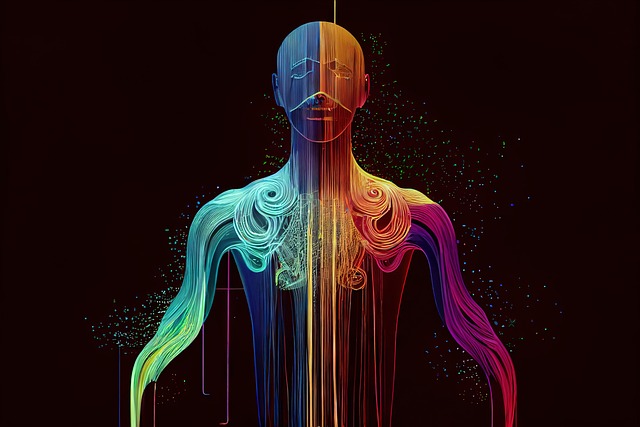Innovative Designs: Exploring Figurative Art in Graphics
Art has always served as a powerful means of expression, allowing artists to convey emotions, stories, and concepts that resonate deeply with viewers. One of the most captivating forms of expression is figurative art, which involves creating representations of real-world figures or objects. In the realm of graphics, this style holds a unique position, intertwining traditional art forms with modern design techniques to create visually stunning and emotionally charged works.
The Essence of Figurative Art
At its core, figurative art captures the essence of humanity. It invites viewers to connect with the emotions portrayed in the figures represented. Whether it’s the gentle curve of a silhouette or the intricate details of a face, figurative art speaks to our shared human experience. Graphic designers harness this power, using figurative elements to evoke feelings, provoke thought, and spur conversations around their designs.
Transforming Concepts into Visual Narratives
In graphic design, figurative art transcends mere representation; it becomes storytelling in visual form. Designers utilize illustrations, photographic elements, and digital techniques to breathe life into ideas. A well-crafted piece can engage audiences by illustrating themes such as love, conflict, or joy, reflecting the designer’s creative vision and inviting viewers to reflect on their own experiences.
The Fusion of Traditional and Modern Techniques
One of the most fascinating aspects of figurative art in graphics is the fusion of traditional artistic methods with modern technology. Artists now have access to tools that enable them to manipulate and remix imagery in ways that were once unimaginable. From hand-drawn illustrations scanned into digital platforms to 3D rendering software that adds depth and dimension, the combination of these techniques opens up a new world of possibilities.
Color and Emotion in Design
Color plays a vital role in conveying emotion within figurative designs. The choice of hues can transform a composition dramatically, influencing how viewers perceive the artwork. Warm colors might evoke feelings of happiness and energy, while cooler shades can elicit calmness or melancholy. Graphic designers are adept at using color palettes to enhance their figurative representations, creating a symbiotic relationship between the artwork and the emotions it evokes.
Engaging the Audience Through Interactive Elements
Modern graphic design often incorporates interactive elements, inviting audiences to engage with figurative art on a deeper level. Animations, scroll-triggered images, and immersive experiences allow the viewer to become an active participant in the narrative. This interaction transforms static images into dynamic stories, enriching the overall impact of the piece and deepening the emotional connection.
The Future of Figurative Art in Graphics
As technology continues to advance, the future of figurative art in graphics is promising. Virtual reality, augmented reality, and artificial intelligence are poised to redefine how we create and experience art. Designers will have the opportunity to push boundaries and explore themes that resonate with contemporary audiences. With innovation at the forefront, figurative art will continue to evolve, reflecting the complexities of modern life and the enduring nature of human connection.
In exploring the marriage of figurative art and graphic design, we discover a world rich with potential. Whether through traditional methods or cutting-edge technology, the ability to convey emotions and narratives remains a cornerstone of impactful design. As we embrace this art form, we recognize its power to elevate our understanding of ourselves and the world around us.




